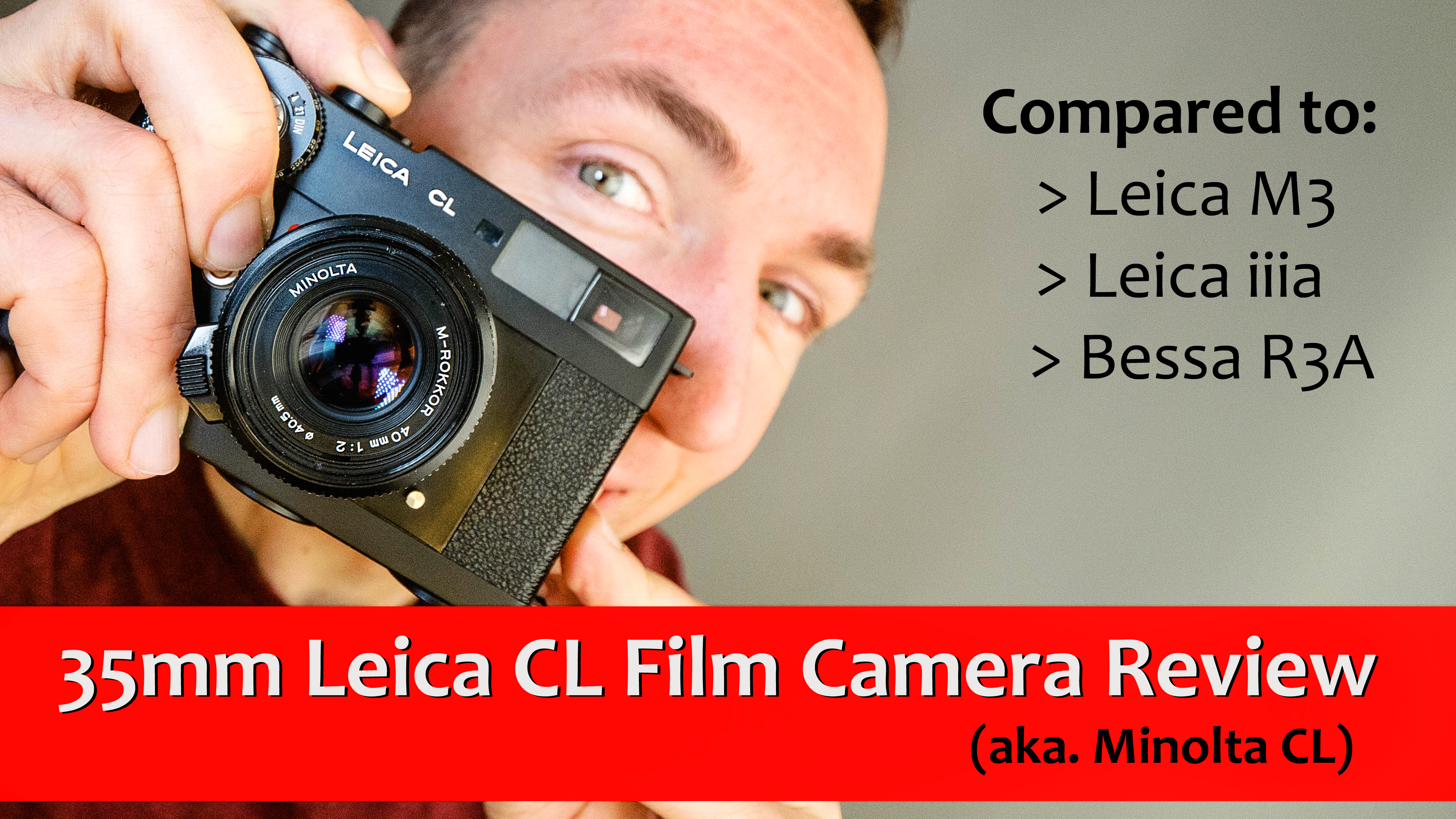


Film stocks are still going out of production here and there, but it’s easier to shoot film in 2018 than it was five years ago, and that’s a good thing. Right now, things are relatively great in the film world, but there’s no telling when the boom will end. Color negative film: This film captures true-to-life colors. You can also send it away to the labs mentioned above, but expect to pay a little more. Minolta Vintage 35mm Cameras Black-and-white negative film: This film captures monochrome images. If you want to shoot black-and-white, pick up some Kodak T-Max, Kodak Tri-X, or Ilford HP5 (The new TMAX P3200 film from Kodak is aimed at more advanced users since it requires careful processing, which costs extra if you’re sending it out.) All of those stocks have been around forever and there are lots of guides ( like ours!) online to help you develop it on your own. Labs like The Find Lab and The Darkroom do an excellent job. No, it’s not cheap, but that’s part of what helps the process feel more precious and fun. Expect to pay roughly $11 to have each roll developed and scanned. They will set you back less than $4 per roll and give you a semi-grainy, and very film-esque look. So much so that we thought it was high time to revisit our original list and call out ten more film cameras worthy of your time and money. Jump to today, in 2019, and public interest in analog photography has only continued to grow. If you want to shoot color, start with Agfa Vista (now discontinued), Kodak Gold, or Fuji Superia. Back in 2017 we shared our list of 10 excellent, affordable film cameras worth considering. This Nikon isn’t the prettiest camera, but it has a very sharp lens, which is crucial.īy now, you’ve noticed that pretty much every one-hour photo place on the planet has disappeared, which means you should plan on sending your film away for development unless you want to do it yourself (which is totally fun and you should definitely try it, but the subject of a different article!).


 0 kommentar(er)
0 kommentar(er)
